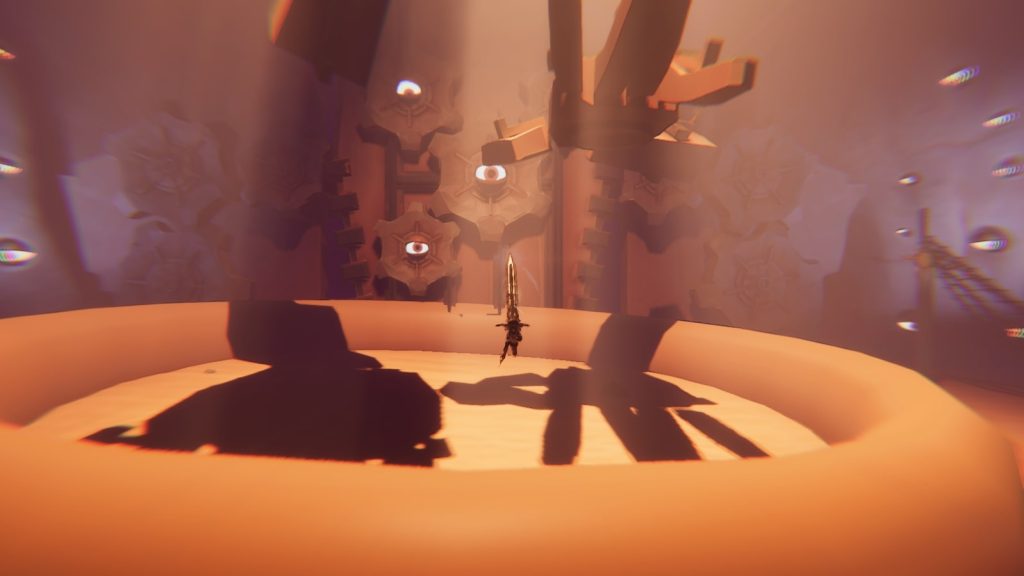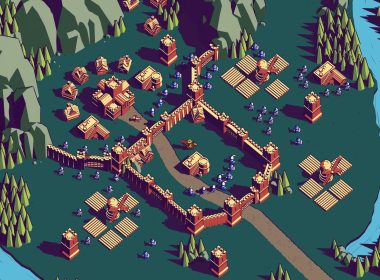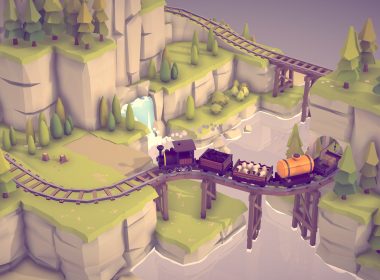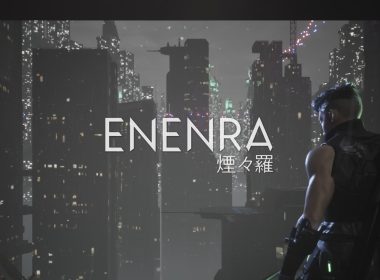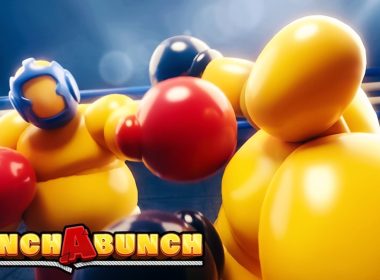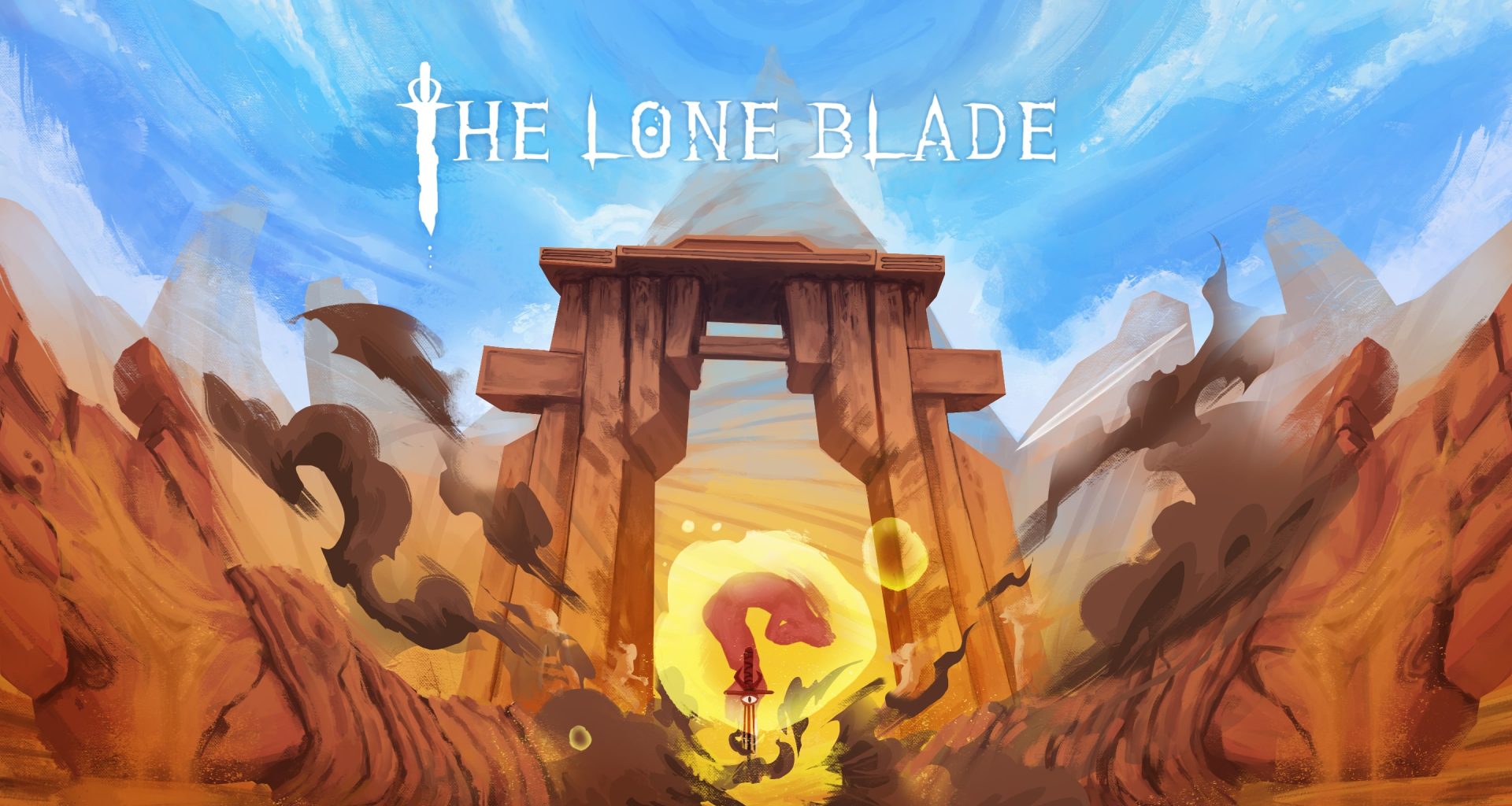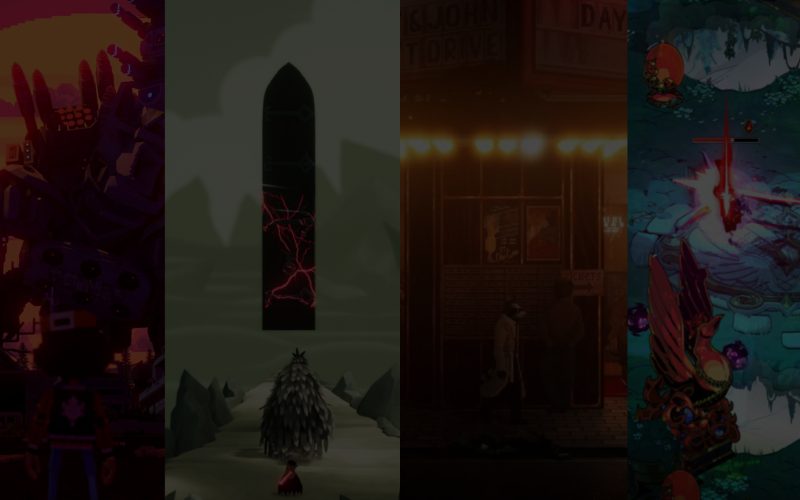We are always interested in shiny new indie game projects! today we had the pleasure to interview Baptiste and Hugo of OpiaGames, talking about a nice new title that we can’t wait to try!
It is kind of a ritual, we are used to start from this question… how did this project start?!
B: Everything started in October 2020 when Hugo reached out to me telling me he had a super cool idea. At first I did not understand well the concept of a sword jumping around but it was too much of a bad ass project to just decline the offer. We also have a good work alchemy and I’ve always wanted to work on a larger project. I did not really hesitated when I was asked, even tho I was literally sure of nothing.
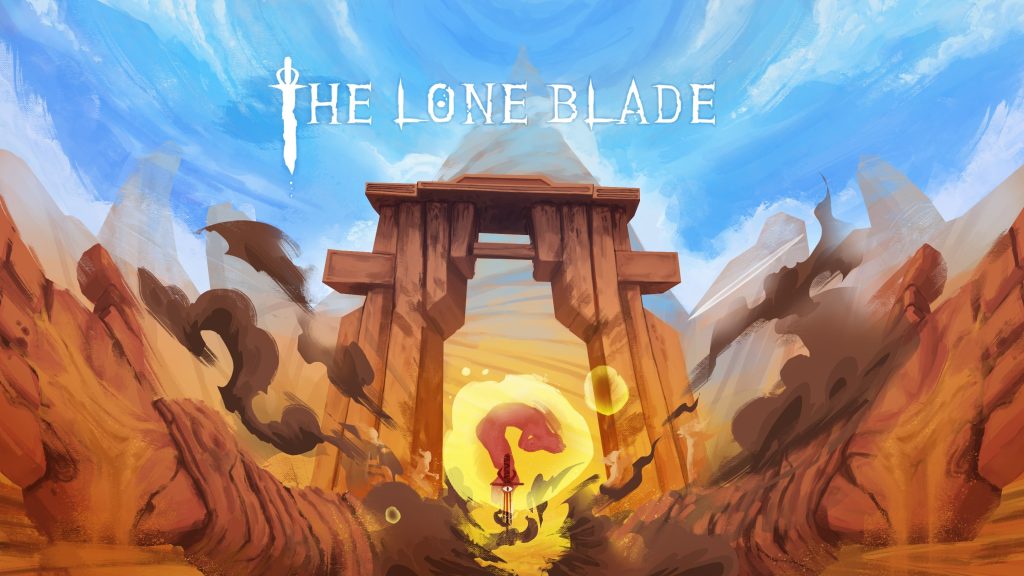
H: The original idea was to do a project with a new way of moving around and platforming while being a sword. The Idea of such a common object in video games was very intriguing and I thought that taking such a thing and reworking it’s purpose in an unusual way was something that just had to be done at one point.
Super! let’s talk about The Lone Blade!
The Lone Blade is a 3D platformer basically. You’re a guy in a sword. And you’re bounded to this uncanny body, meaning that everything you will try to do to move around will be very destabilizing. The game takes place in a very special world as well. A ruined one, yes, but full of history and hints that will be given along the way.

Why people should follow this project?
B: Well the lone blade is one of these projects that we hope you will remember long after you played it. It’s a very unique game, at least we try to make it feel like it.
H: We believe that there is not a huge kind of project that could be compared to The Lone Blade. It’s a very special experience, wether you like the game or not (yeah the game is pretty difficult). And following the project and how things are taking shape is quite interesting.

B: You’re a sword, so yeah I guess that’s the Twist.
H: It’s a sword, yeah, but it has an eye. But yeah, more seriously, we have very intense orchestral music and are willing to increase the quality of the soundtrack before the release of the game.
B: The story behind the universe of the game is also fascinating and takes place in an uncanny world that we hope will catch one’s attention.
This concept is definitely interesting! did you get inspired by other titles?
H: Well the main mechanics and concept were not really inspired by a specific project. We could talk about uncanny platformers like Snake Pass or Getting Over it, but there is not a single big title that inspired the “jumpy-sword” mechanic.
B: Concerning the artistic direction and universe of the game, we were mainly inspired by games like Journey or Shadow of the Colossus, I mean big indie titles in the sand you know what I mean. However we have diversified our references for the architectures and buildings and ancient civilization, taking from Moroccan culture and more globally the middle east traditional architectures but also from ancient south America civilization such as the Incan.

Now something for tech lovers! Tell us more about your pipeline, how are you developing this game?
H: Fun fact is that before having a specific pipeline we struggle deciding what was the best way to work this out. We tried few things before sticking to our latest pipeline. We are using Plastic Gluon to work as a team on the project. Concerning the Dev part, I have a specific scene where I explore new mechanics and scripts. Whenever I need to create something I first go there and try to sort things out.
B: As for the props and environment, 3d models are made in Blender, Zbrush and textured Substance Painter. We have a main scene where every props are being taken at first before being turned into prefabs. After that, we have split our levels by scenes. We work out or basic level design and then set up the lighting and rendering of our scenes. However it is not uncommon that we come back later on to levels to fix things or completely redo a part of something we believe did not work.
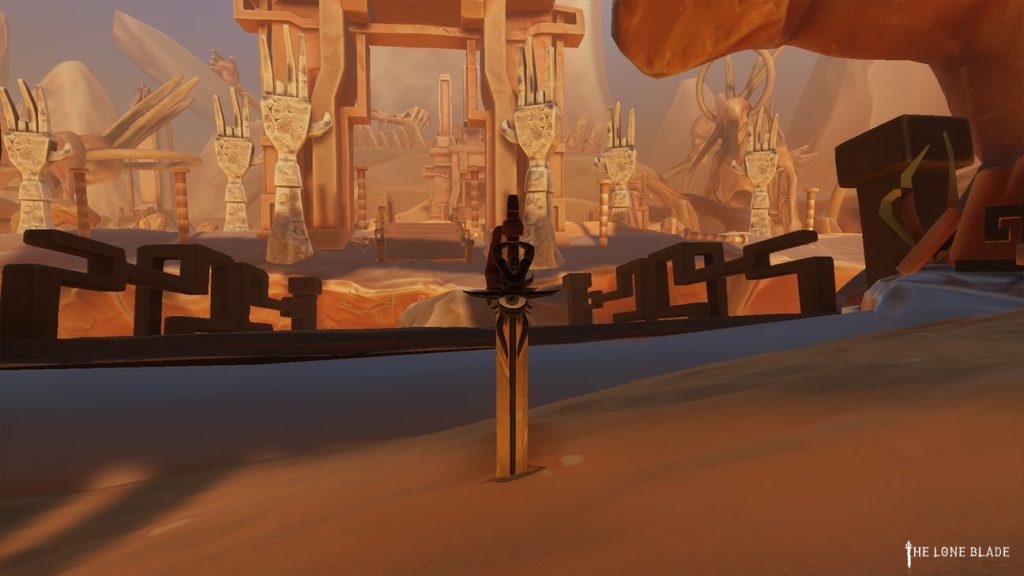
Can you explain the main game mechanic, how does the sword move around?
H: So, embodying a Sword to move around implies keeping an eye on your landing angle: the angle in a surface will decide how far or high your next jump will be. Basically the more perpendicular the sword is in a surface, the higher the jump will be, conversely, the more parallel the sword is, the farther the jump. In the game, your main moving mechanic is divided into 3 parts (jumping, orienting, and side-spinning) that are only available when the sword is airborne. To get out of the ground, or whatever surface you’re stuck in, you have to jump. From there, you will need to re-orient your sword in the right direction (forward or backward) and you will have to dash whenever you feel like it. You can finally execute a side spin at will in order to move aside or slightly extend your jump.

Tell us something about the artistic direction!
B: Well at first we have to come up with cool concepts, and ideas. The thing is, since we aren’t full-time on this project, we do not have the time to draw or imagine precise concept art. We set up main directions, with recurrent details, such as sun symbols, or cubic shapes contrasting with more round shapes in the buildings. Things that make sense in the world. I then create the base asset in blender, and bring it to Zbrush in order to make it look more like it has some kind of story bound to it. I then extract a Low poly model and a High poly model that I bring to Substance painter.
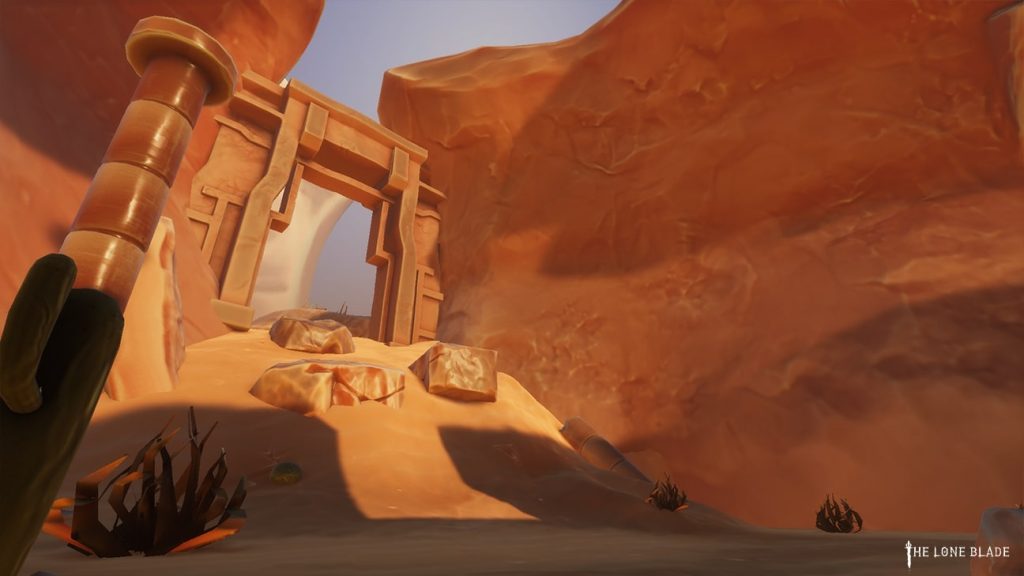
I got inspired by Lu’s smart handpainted material to create the presets of TLB materials. Basically, I have a range of materials that I just blend into the models, which makes me gain a lot of time and allows me to spend less time on creating assets and more on placing them in the world. Eventually, after importing the models to unity, and creating prefabs, I put them in the scenes where I try to have a little environmental storytelling, landscapes where the player would feel that they have a past and stories. Setting up everything from colliders to post-process and lights allows me to have a really precise way of putting things together.
